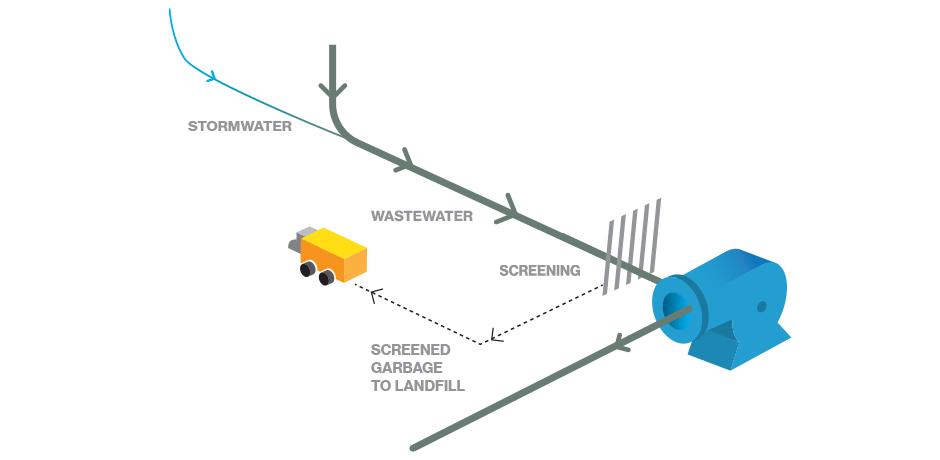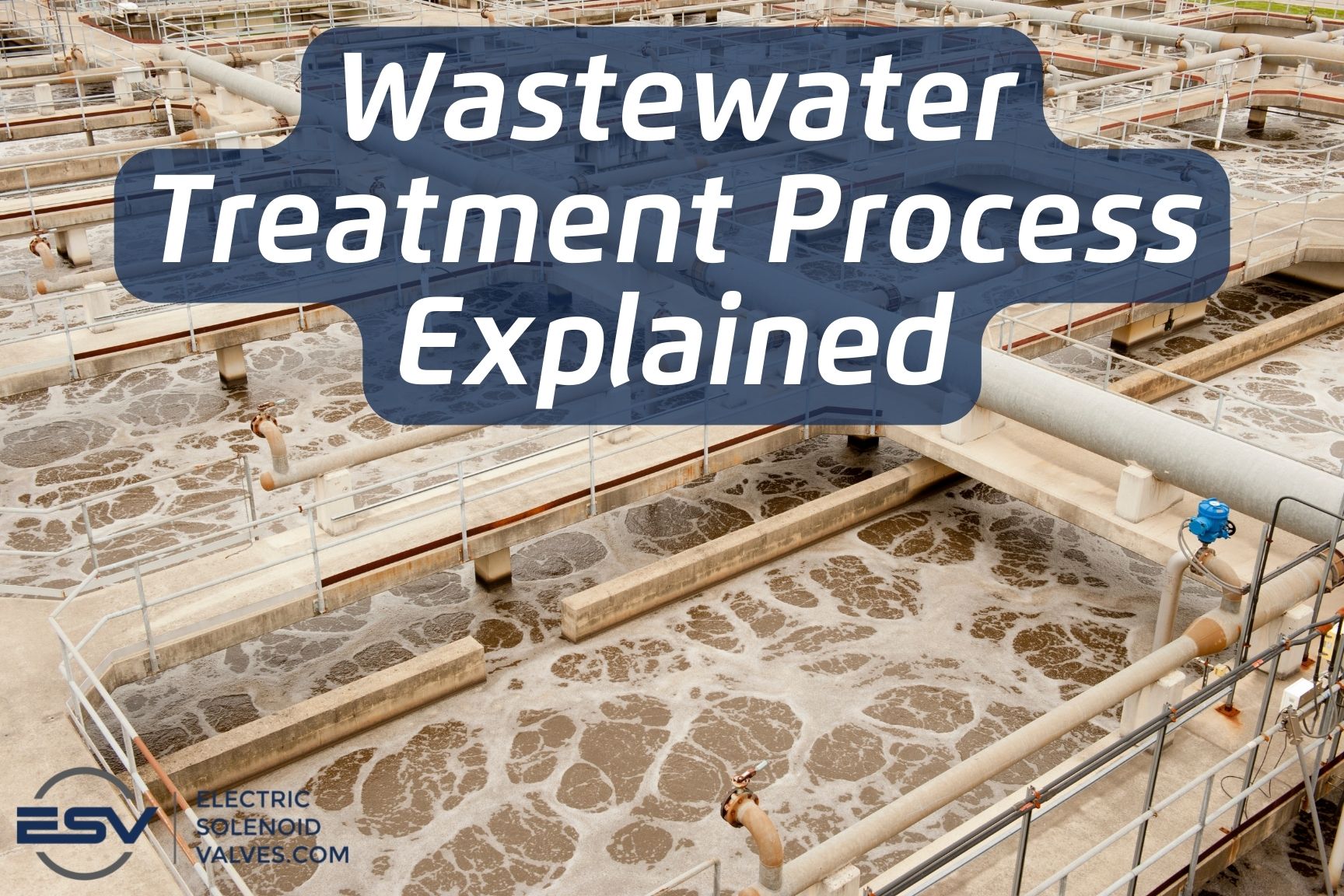Ecological Effect of Waste Water Treatment: What You Need to Know
Ecological Effect of Waste Water Treatment: What You Need to Know
Blog Article
Optimizing Drainage Treatment Processes: Approaches for Improved Water High Quality and Source Healing
In the world of wastewater treatment, the pursuit for enhancing effectiveness and sustainability through procedure optimization is a recurring quest that holds tremendous importance. By focusing on techniques customized to elevate water high quality while at the same time harnessing beneficial resources, therapy plants can attend to pressing environmental concerns while opening financial benefits. From cutting-edge innovations to innovative resource recuperation methods, the landscape of wastewater treatment is advancing rapidly. As we dig right into the complexities of maximizing these processes, a world of opportunities arises that guarantees not just cleaner water yet additionally a more lasting future.
Importance of Process Optimization
Optimizing drainage therapy procedures with precise process optimization is important for making the most of efficiency and ensuring environmental sustainability. By fine-tuning each action of the therapy process, from initial consumption to last discharge, water treatment facilities can attain greater levels of contaminant elimination, lower energy consumption, and minimize the generation of waste byproducts. Process optimization involves assessing vital efficiency indicators, such as hydraulic retention times, sludge retention times, and nutrient degrees, to recognize areas for improvement and apply targeted options.
Efficient procedure optimization not only enhances the total performance of drainage therapy plants but additionally adds to cost financial savings and regulative compliance. By maximizing processes, drivers can accomplish higher therapy capacities without the demand for considerable infrastructure financial investments. Furthermore, improved therapy efficiency brings about cleaner effluent discharge, decreasing the environmental influence on receiving water bodies and ecosystems.

Advanced Treatment Technologies
In the world of drainage treatment, the execution of advanced therapy technologies plays a critical duty in enhancing the general performance and effectiveness of the treatment procedures. These cutting-edge innovations supply innovative options to address complex pollutants present in wastewater streams, guaranteeing the elimination of pollutants to satisfy rigorous water quality requirements. Advanced therapy procedures such as membrane bioreactors, ozonation, advanced oxidation procedures, and turn around osmosis enable the detailed removal of pollutants, consisting of arising pollutants like drugs and individual care items.
Furthermore, these modern technologies facilitate source recovery by extracting important materials such as phosphorus, nitrogen, and energy from the wastewater. Progressed nutrient removal modern technologies can recover phosphorus and nitrogen for reuse in farming plant foods, while power healing systems like anaerobic digestion can harness biogas for electricity generation. By integrating innovative therapy innovations into wastewater treatment plants, operators can improve water top quality, lower ecological effect, and move towards an extra lasting and resource-efficient strategy to wastewater administration.
Resource Recovery Strategies
Source recuperation methods in wastewater treatment procedures play a vital function in making the most of the utilization of beneficial resources contained within wastewater streams. These strategies objective to extract and reuse products such as nutrients, energy, and water from the wastewater, transforming what was once taken into consideration waste into valuable sources. One common source recovery method is the extraction of nutrients like phosphorus and nitrogen from wastewater for reuse as plant foods or in industrial procedures. Additionally, power recovery techniques such as anaerobic digestion and biogas production aid harness the energy possibility of raw material in wastewater to generate power or warm.
Water recovery strategies, such as membrane layer innovations and progressed filtration systems, allow the therapy and reuse of water for non-potable applications like irrigation or industrial procedures. By implementing resource recuperation techniques in wastewater therapy plants, not just can important sources be conserved and reused, yet the overall sustainability and efficiency of the treatment procedure can be considerably check my source improved. As the concentrate on resource shortage and ecological sustainability proceeds to expand, the significance of incorporating source recuperation techniques into wastewater therapy procedures comes to be increasingly obvious.
Sustainable Practices in Wastewater Therapy
Sustainable techniques in wastewater therapy include a range of approaches intended at reducing the environmental influence of treatment processes while maximizing source healing. One key facet of sustainable wastewater treatment is the execution of energy-efficient innovations to reduce the carbon impact of treatment plants.
In addition, the fostering of advanced therapy technologies that advertise water reuse and recycling plays a vital role in lasting wastewater administration. By dealing with wastewater to a high requirement, it can be repurposed for various non-potable applications, my blog such as watering, industrial procedures, and even safe and clean water production in many cases. This not only preserves important freshwater sources but additionally decreases the quantity of effluent discharged right into the environment.

Case Studies on Successful Optimization
As wastewater treatment facilities increasingly focus on sustainable practices, real-world case studies showcasing successful optimization techniques function as indispensable designs for market improvement. One such situation research study focuses on the implementation of advanced nutrient removal technologies in a municipal wastewater treatment plant. By incorporating organic nutrient elimination processes and optimizing operational criteria, the center accomplished considerable decreases in nitrogen and phosphorus degrees released right into receiving waters, ultimately enhancing total water quality.
An additional remarkable study involves the assimilation of anaerobic food digestion systems in an industrial wastewater therapy plant to improve energy recuperation and source efficiency (Waste Water Treatment). Via the food digestion of organic waste products, the facility not only created biogas for power production yet likewise reduced the quantity of sludge needing disposal. This dual advantage not only boosted the plant's sustainability performance yet likewise resulted in expense savings
These effective optimization techniques show the capacity for wastewater therapy facilities to attain both economic and ecological benefits with efficient procedures and innovative techniques. By gaining from these situation studies, market specialists can even more maximize their own procedures to boost water high quality and source recovery.
Final Thought
In verdict, enhancing drainage therapy processes with innovative innovations, source recuperation techniques, and lasting techniques is vital for boosting water quality and maximizing source recovery. Waste Water Treatment. Study have shown successful application of optimization approaches in various wastewater therapy centers. By remaining to prioritize process optimization, we can make certain efficient and efficient treatment of wastewater, inevitably leading to a much more eco friendly and lasting approach to handling water sources
By fine-tuning each step of the treatment process, from preliminary consumption to final discharge, water treatment centers can achieve higher degrees of impurity elimination, decrease energy usage, and lessen the generation of waste byproducts.In the world of waste water therapy, the execution of advanced treatment innovations plays an essential function in improving the general effectiveness and performance of the treatment processes. By incorporating advanced treatment technologies into wastewater therapy plants, drivers can boost water top quality, minimize environmental impact, and move towards a more resource-efficient and lasting method to wastewater management.
By implementing source healing methods in wastewater treatment plants, not just can useful resources be preserved and recycled, but the general sustainability and performance of the treatment process can be substantially enhanced. Lasting techniques in wastewater treatment incorporate a variety of techniques intended at lessening the environmental influence of treatment procedures while maximizing source recovery.
Report this page